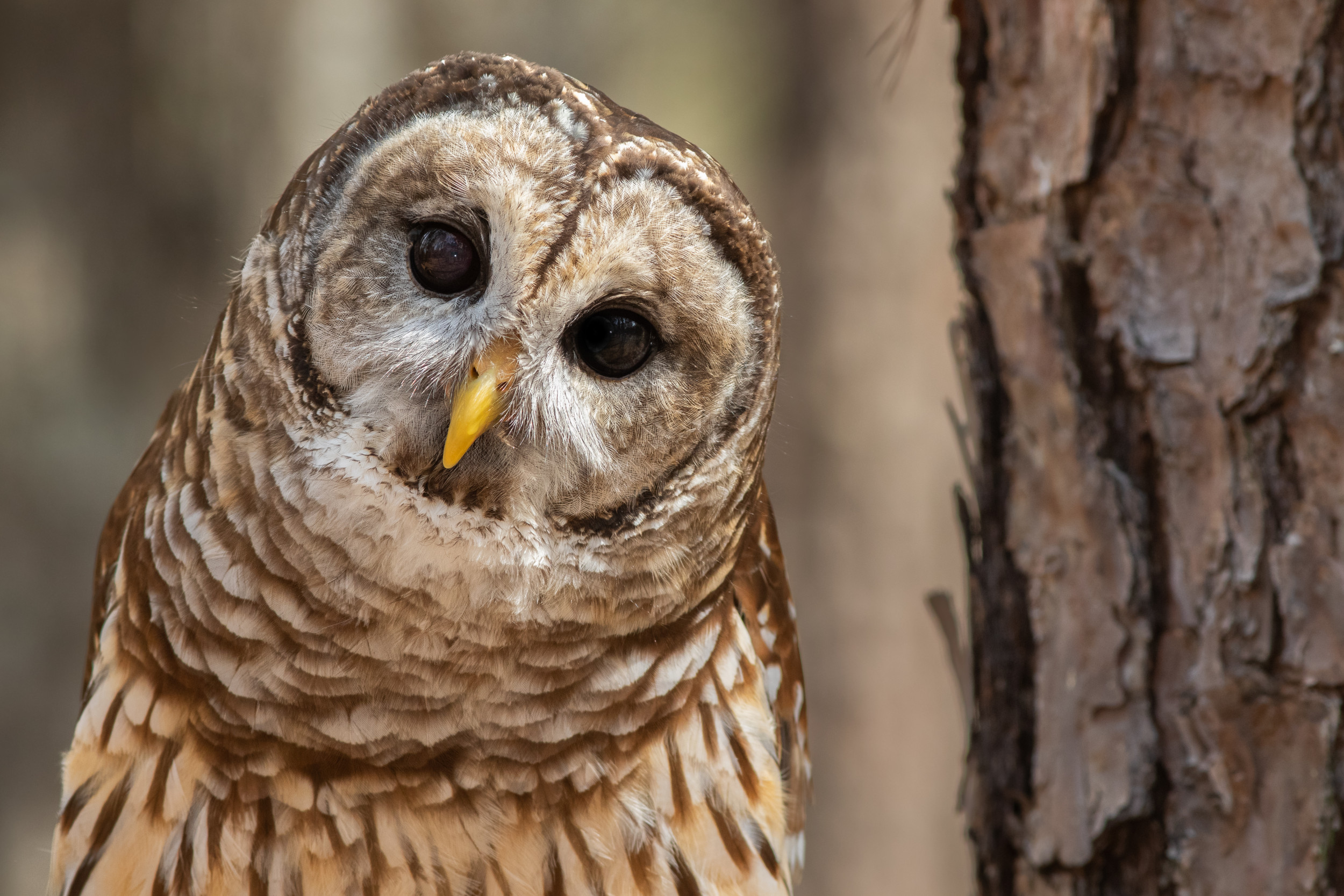Thank you, Septicdeath, for this post. This kind of thing I nerd-out on. For more information, see here:
LATEST NEWS: The Service announced their

www.fws.gov
Note the actual Management Plan, and that it says Public Comments can be submitted until 16 January here:
— Internet: https://www.regulations.gov. Follow the instructions for submitting comments on Docket No. FWS-R1-ES-2022-0074
I'm considering submitting something along the lines of:
---draft---
Comment on Draft Barred Owl Management Strategy
The guidelines specify "firearms" and particularly shotguns (p. 110-113), and I respectfully suggest that you also consider the use of high-powered, small caliber airguns or air-rifles for this task, for the following reasons:
The shooting distance is recommended to be 30 yards or less; this is an ideal distance for airgun hunting.
At this distance, airguns are quite accurate, easily more accurate per cost of the gun than bullet firearms, and having an effective accuracy comparable with the recommended shotguns.
At this distance, high powered, small caliber airguns have sufficient power (~12 to 40 foot pounds) to humanely dispatch a bird the size of a barred owl (0.5 to 1kg). This is similar in size to an American crow or squirrel, which are routinely taken with airguns at that power level. Airgunners typically train for headshots on such quarry, and often train shooting up into trees.
Airguns are typically shot using a scope, and often with night imaging capability, as such airguns see use in other nighttime pest control (rats, rabbits).
Unleaded or non-lead projectiles (pellets) that you require are readily available, and are accurate at this distance.
Airguns are very quiet, and will not disturb nearby wildlife or nesting owls.
Airguns are relatively safe for downrange wildlife, as the diabolo shaped pellets are inherently high drag projectiles and do not carry damaging energy very far. A .177 diabolo projectile is effectively out of energy by 100 yards, a .22 by 150 yards and a .25 by 200 yards, well within the guidelines for avoiding damage to neighboring spotted owls. The single airgun projectile is also more surgical with less potental collateral damage than a myriad of birdshot from a shotgun, which has a cone of fire.
For all these reasons airguns would make a good choice of gun for this management strategy.
Sincerely,
---end draft---
That all said, the biologist in me thinks it is a complete waste of time to shoot the barred owls. They'll displace the spotted owls anyway and the rest of the ecosystem probably won't notice, what with all the climate change and human incursions. Drop in the bucket. But if they want to shoot 'em up, why not let the airgunners contribute their skills?

 www.newsweek.com
www.newsweek.com 



